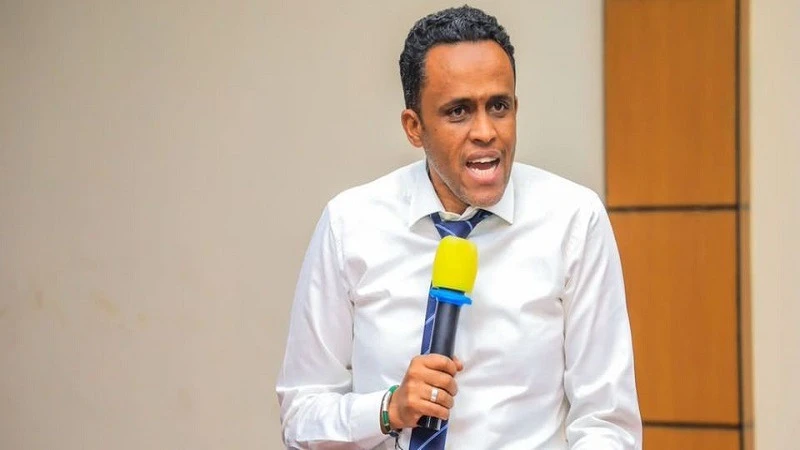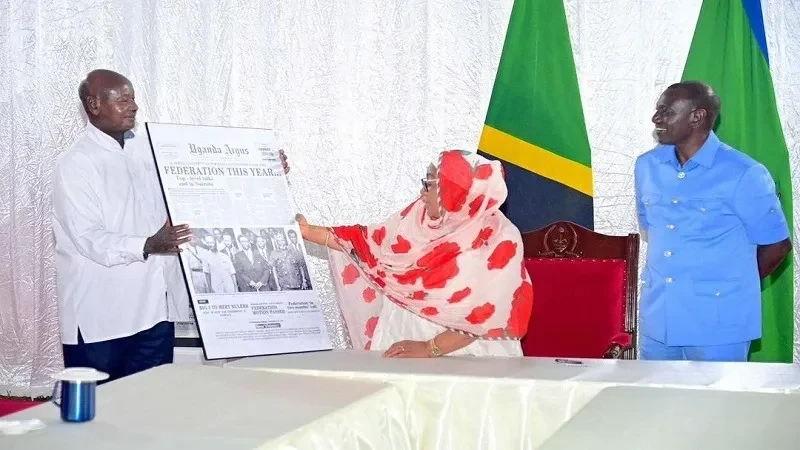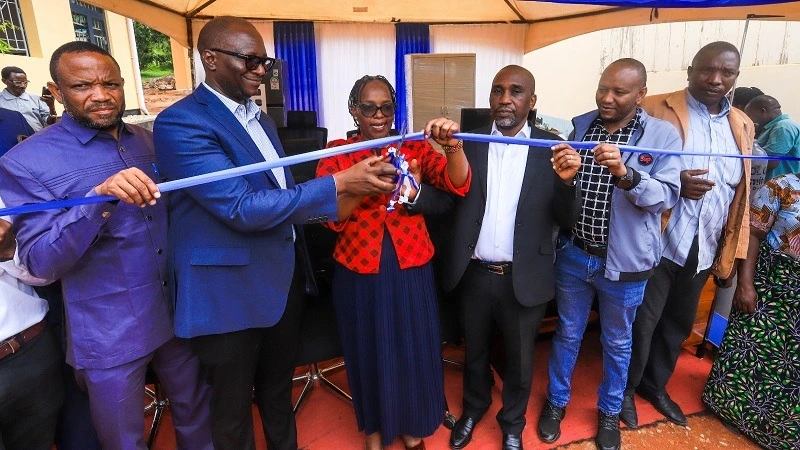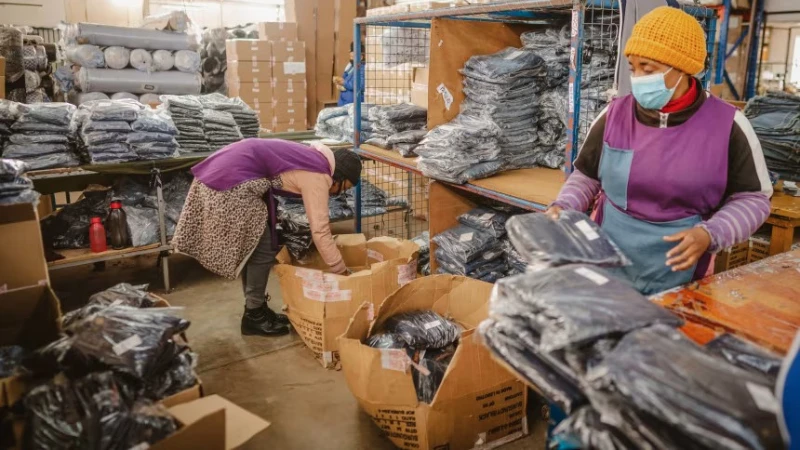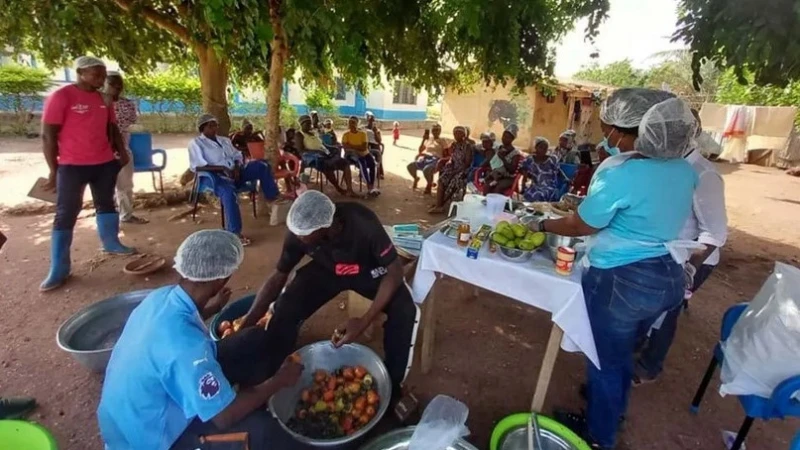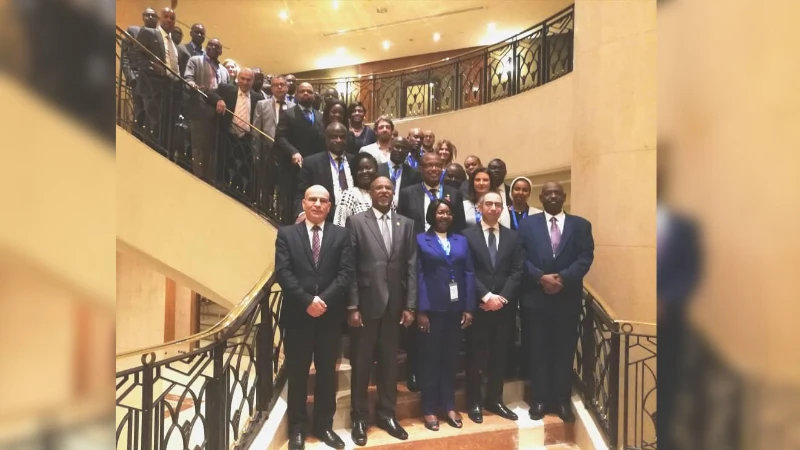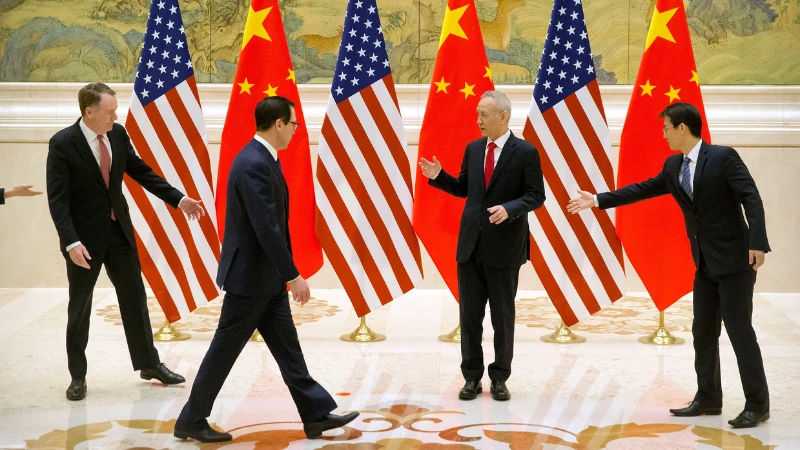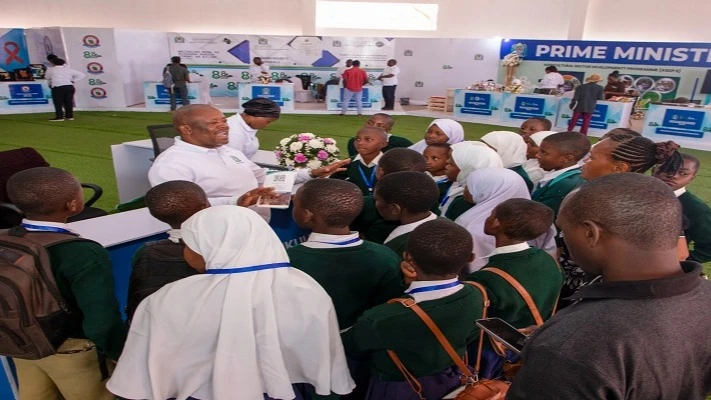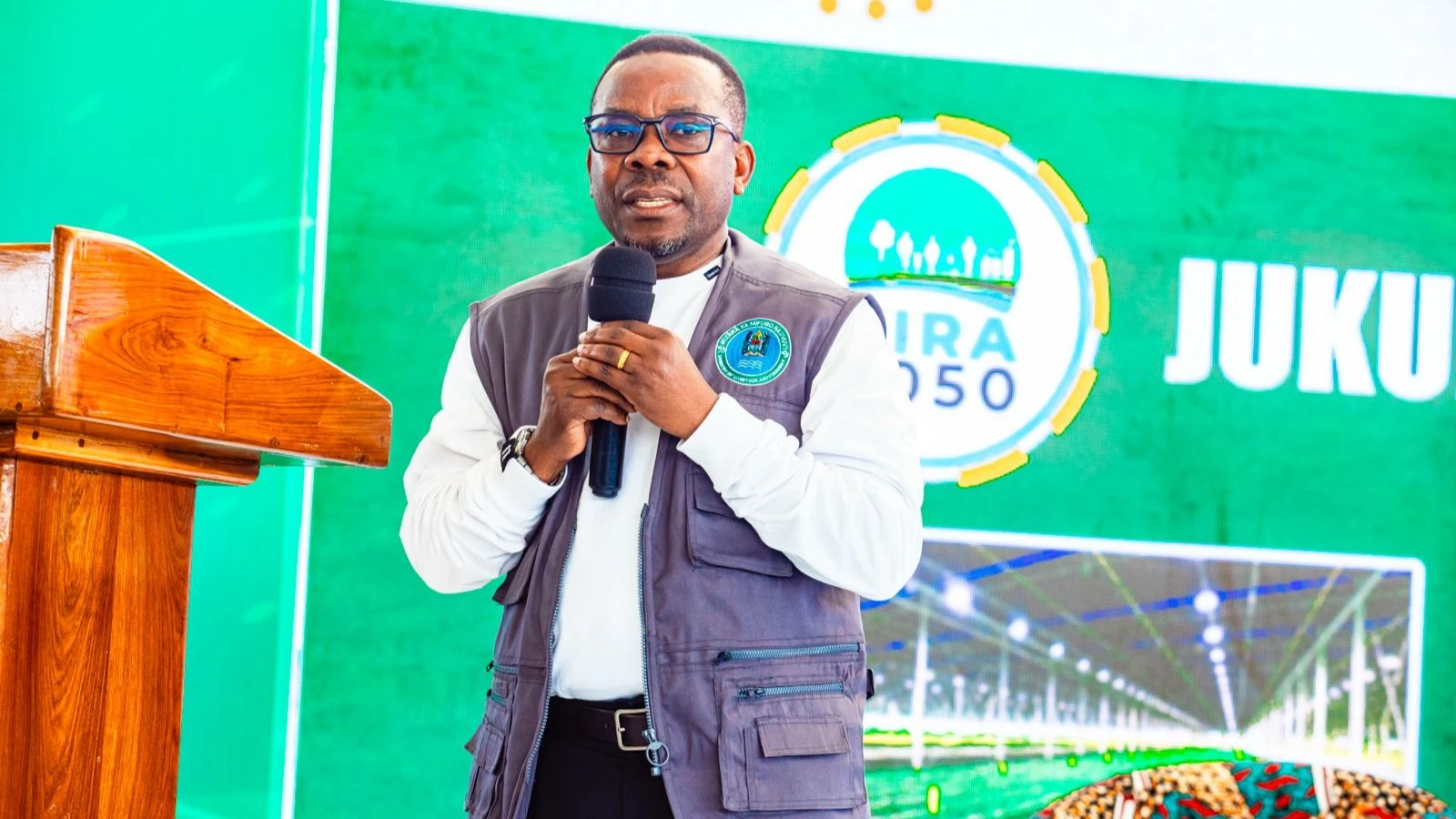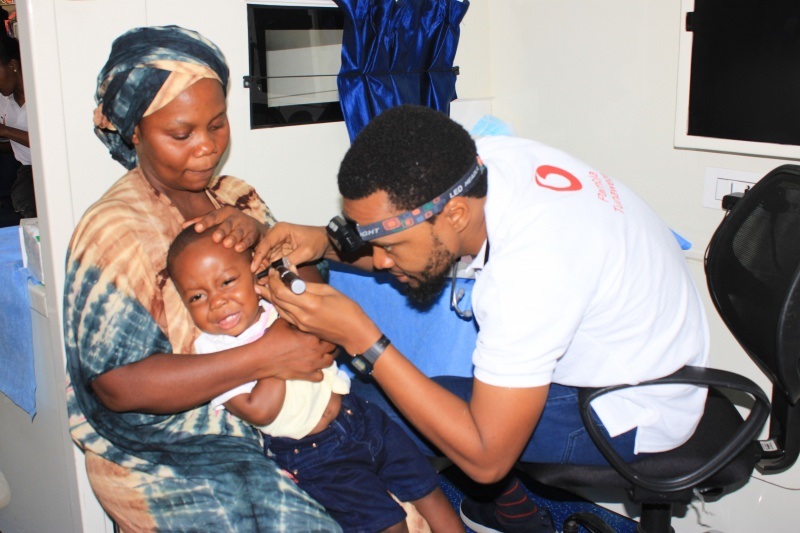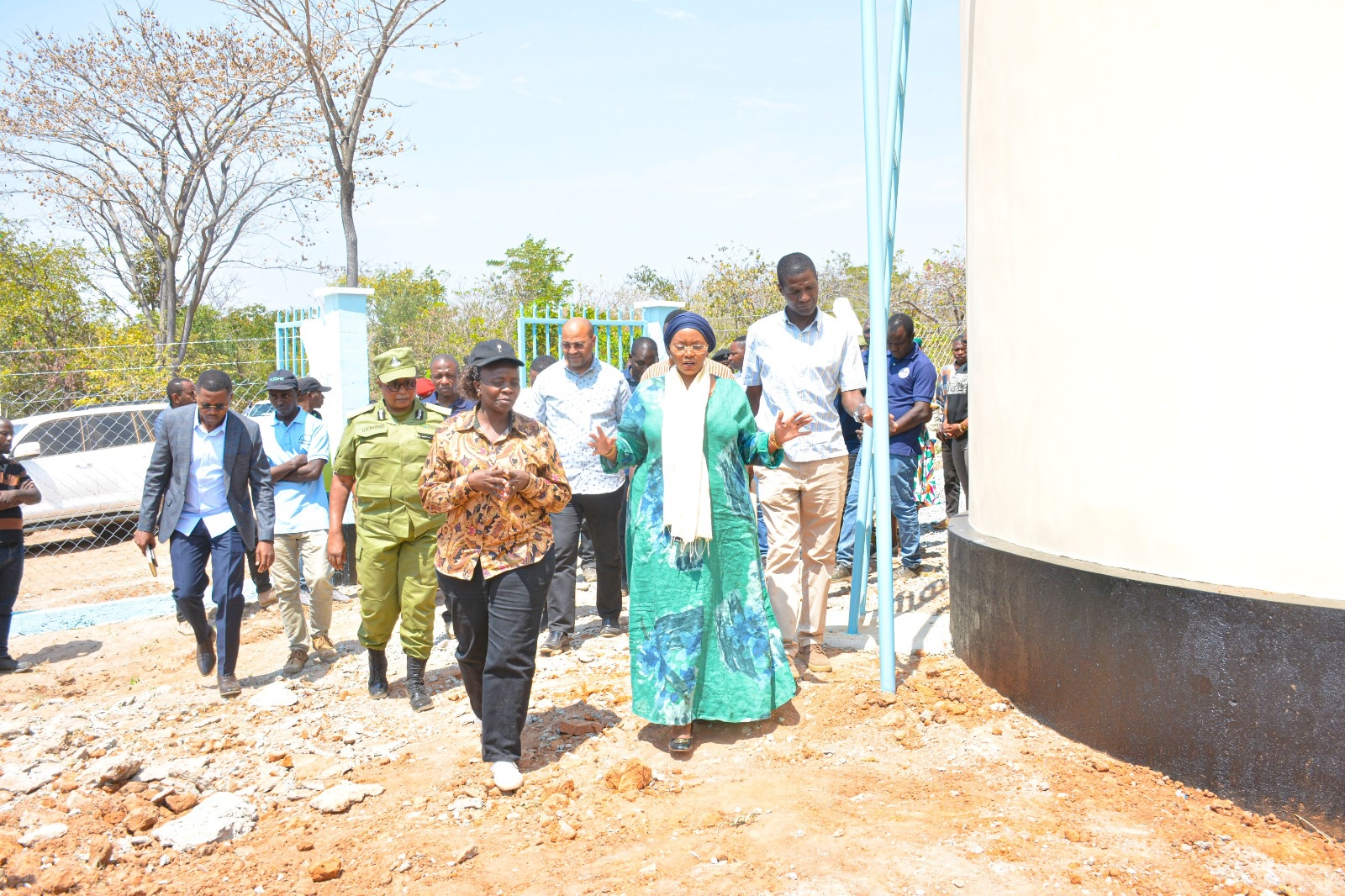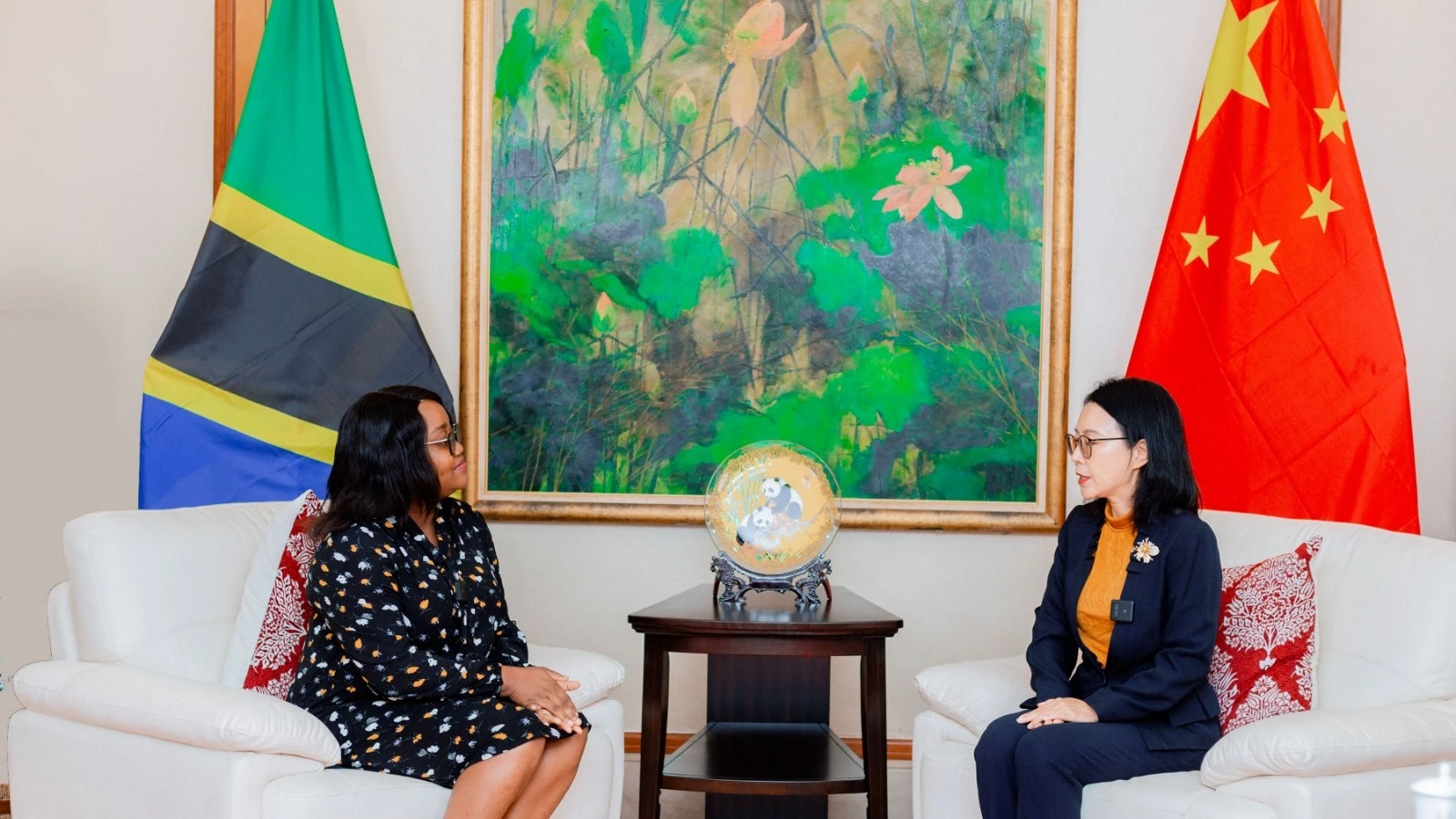‘Gender gap narrows in SIM card holding’

TANZANIA is experiencing a major surge in digital connectivity, with active SIM card registrations jumping by 74 percent over the past four years, the top regulator has declared.
Dr Jabir Bakari, the Tanzania Communications Regulatory Authority (TCRA) director general, made this remark in the latest sector performance report released yesterday, asserting that the SIM card growth mark was a virtual milestone in digital transformation, also narrowing the gender divide in mobile phone access.
The number of active SIM cards nationwide grew from 53.2m in June 2021 to 92.7m by June 2025, he said in a statement, indicating that 47,100,356 SIM cards (51.96 percent) were registered by men, while 43,543,087 (48.04 percent) were registered by women, showcasing a near-equal distribution.
The June 2025 figure also represents a 2.6 percent increase from the 90.4m SIM cards recorded in March, he said, affirming that this growth is driven by rapid expansion in mobile technology infrastructure, increased affordability, along with widespread adoption of smartphones and mobile services all over the country.
Among the most striking findings is the dramatic reduction in the gender gap as in June 2025, women accounted for 48.04 percent of registered SIM cards, compared to 51.96 percent for men, a difference of less than four percentage points, the statement reaffirms.
“This near-parity in SIM card ownership is a strong indicator that more Tanzanian women are getting connected and accessing mobile services, critical tools for education, trade activity and financial inclusion,” he specified.
Unguja Island led the way with a staggering 93 percent growth in registering SIM cards in data for June 2022 to June 2025 where Coast Region reached 88 percent, Dar es Salaam (86 percent), Mwanza (82 percent), Njombe (82 percent) and Mbeya (80 percent).
Various regions recorded substantial growth with increases above 50 percent, including Dodoma (73 percent), Arusha (72 percent), Simiyu (64 percent), Tanga (63 percent), Ruvuma (62 percent) and Kilimanjaro at 62 percent.
Manyara also stood at60 percent, while Morogoro was slightly lower at 59 percent, Songwe (58 percent), Mtwara (56 percent), Singida (55 percent), Pemba regions (54 percent), Shinyanga (53 percent) and Geita (51 percent), the statement indicated.
Mobile expansion accompanied by smart phone access is similarly enabling more people to access digital services, from mobile banking and e-commerce to health alerts and online learning, the director noted, highlighting increasing demand for internet connectivity and government-led efforts to expand ICT infrastructure.
Internet connectivity is not only growing in scale but also in sophistication, with significant growth in machine-to-machine (M2M) communication—technologies that allow smart devices like security systems, utility meters and sensors to share data autonomously.
As of June 2025, over one million SIM cards were dedicated to M2M usage—a 12 percent rise from March data, with 5G coverage gradually taking hold, reaching 5.9 percent of the population and 26 percent of the country’s geography, up from just 2.0 percent and 15 percent coverage respectively, a year earlier.
This expansion is expected to accelerate digital innovation in sectors like agriculture, transport, education and health, the report noted, whereas in terms of market share, Vodacom maintains its lead with 32.1 percent, followed by Yas (28.1 percent), Airtel (22.4 percent), Halotel (15.6 percent) while TTCL (trails at an overly modest 1.8 percent, it shows.
With full mobile penetration nearing, the next frontier is ensuring that connectivity translates into meaningful digital empowerment for rural populations, chiefly for women, youth and people with disabilities, the director noted.
The narrowing gender gap is encouraging, but it calls for investing in digital literacy, affordability and local content to ensure that no one is left behind, he added.
Top Headlines
© 2025 IPPMEDIA.COM. ALL RIGHTS RESERVED


